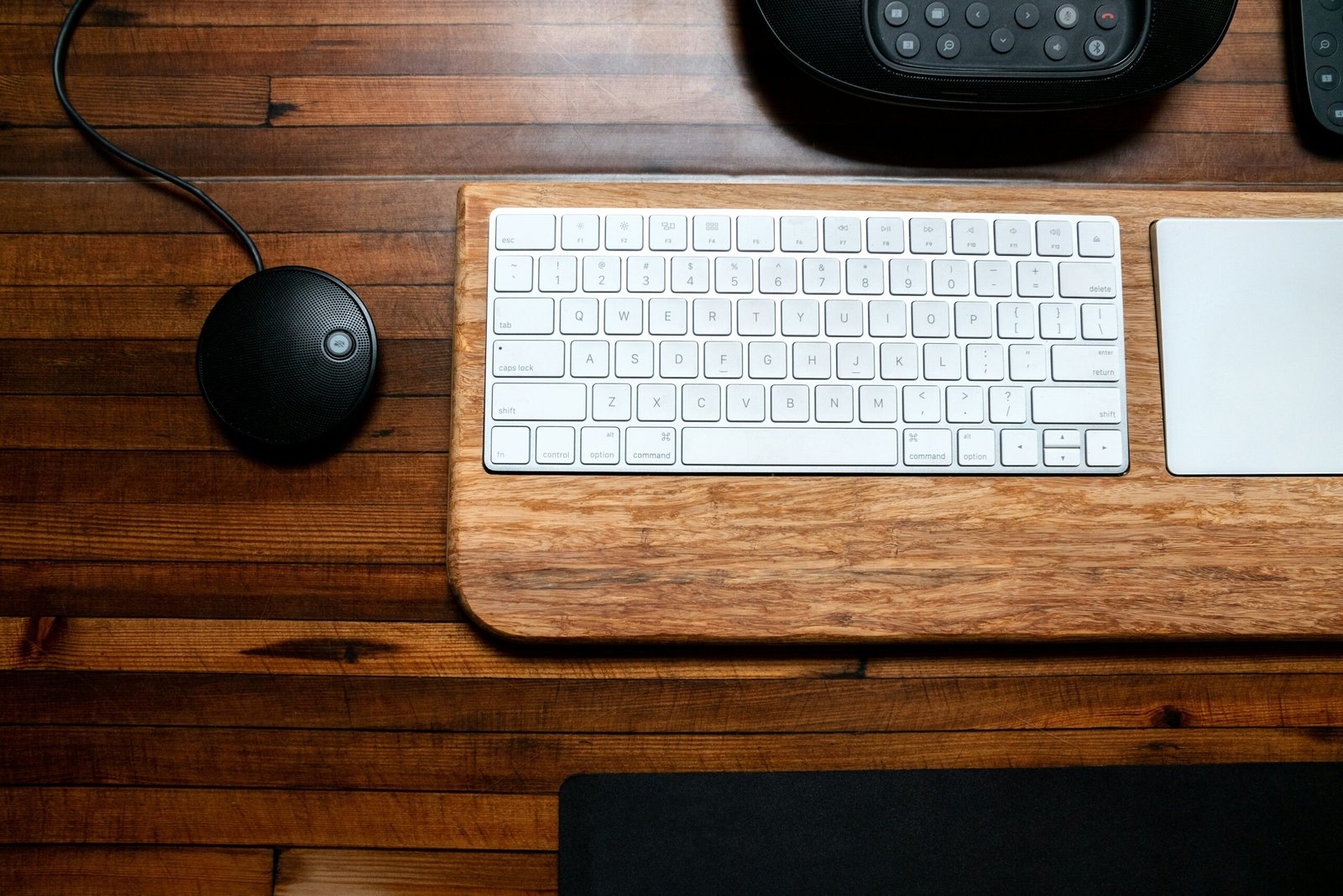Common Reasons Why You Can’t Hear On Your iPhone Unless It’s On Speaker
Have you ever experienced the frustrating issue of not being able to hear anything on your iPhone unless it’s on speaker? There are several common reasons why this might be happening. Let’s explore some of the usual suspects and how you can fix them.
Volume Settings
One of the most common reasons for not being able to hear on your iPhone is the volume settings. Sometimes, the volume might be turned all the way down or the sound might be muted. Check your volume settings by pressing the volume buttons on the side of your iPhone. You can also go to Settings > Sounds & Haptics to adjust the volume levels.
Faulty Headphones
If you’re using headphones with your iPhone and can only hear sound when on speaker, the issue might be with the headphones themselves. Check to see if the headphones are properly connected to your iPhone. Additionally, try using a different pair of headphones to see if the problem persists. If the issue is with the headphones, consider replacing them.
Software Glitch
Sometimes, software glitches can cause audio issues on your iPhone. A simple restart of your device can sometimes fix the problem. To restart your iPhone, press and hold the power button until the slider appears. Slide the slider to power off your device, then press and hold the power button again to turn it back on. If the issue persists, you may need to update your iPhone’s software.
Dirty Speaker Grill
Over time, the speaker grill on your iPhone can accumulate dust, dirt, or debris, which can impact the sound quality. Check the speaker grill for any blockages and gently clean it using a soft brush or a can of compressed air. Be careful not to damage the speaker while cleaning it. A clean speaker grill can significantly improve the audio quality on your iPhone.
Hardware Issues
In some cases, hardware issues like a faulty speaker can lead to audio problems on your iPhone. If you’ve tried all the solutions mentioned above and still can’t hear anything unless it’s on speaker, it might be time to contact Apple support or visit an authorized service provider to diagnose and repair any hardware issues.

How to Avoid and Prevent Audio Issues on Your iPhone
Prevention is always better than cure when it comes to dealing with audio issues on your iPhone. Here are some tips to help you avoid and prevent common problems that might affect the sound quality of your device.
Keep Your iPhone Updated
Regularly updating your iPhone’s software is essential to ensure optimal performance and prevent software-related issues. Apple frequently releases software updates that include bug fixes and improvements to enhance the overall user experience. To update your iPhone, go to Settings > General > Software Update.
Use Genuine Accessories
Using genuine Apple accessories like chargers, headphones, and cables can help prevent hardware-related issues that might affect the audio output of your iPhone. Avoid using counterfeit or low-quality accessories that could damage your device and compromise its performance.
Handle Your iPhone with Care
Accidental drops or mishandling of your iPhone can result in hardware damage, including issues with the speaker or audio components. Always handle your device with care and use protective cases or screen protectors to prevent damage from accidental falls or impacts.
Clean Your iPhone Regularly
Dirt, dust, and debris can accumulate on your iPhone over time, affecting the functionality of the speakers and microphone. Regularly clean your device using a soft, lint-free cloth to remove any dirt or grime. Avoid using harsh chemicals or abrasive materials that could damage the exterior of your iPhone.
Protect Your iPhone from Water Damage
Water damage is a common cause of hardware issues on iPhones, including problems with the speaker and audio quality. Avoid exposing your device to water or liquids, and use a waterproof case if you plan on using your iPhone in wet or humid environments. In case of accidental water exposure, immediately power off your device and contact Apple support for assistance.
Troubleshooting Audio Problems on Your iPhone
If you’re still experiencing audio issues on your iPhone despite trying the common fixes, here are some additional troubleshooting steps you can take to identify and resolve the problem.
Reset All Settings
Resetting all settings on your iPhone can help resolve software-related issues that might be affecting the audio output. To reset all settings, go to Settings > General > Reset > Reset All Settings. Keep in mind that this will reset all your preferences and settings to their default values, so make sure to back up your data before proceeding.
Check for Software Updates
Sometimes, audio issues on your iPhone can be caused by bugs or compatibility issues with specific apps or software versions. Check for any pending software updates by going to Settings > General > Software Update and installing the latest available version. Software updates often include bug fixes and improvements that can address audio problems.
Restore Your iPhone
If none of the above solutions work, you can try restoring your iPhone to its factory settings. This will erase all data and settings on your device, so make sure to back up your data before proceeding. To restore your iPhone, connect it to a computer with iTunes, select your device, and click Restore iPhone. Follow the on-screen instructions to complete the restore process.
By following these troubleshooting steps and preventive measures, you can ensure that your iPhone’s audio remains clear and functional. If you continue to experience audio issues despite trying all the solutions mentioned, consider seeking professional help from Apple support or an authorized service provider for further assistance.
Remember, taking care of your iPhone and keeping it updated are essential for maintaining its performance and preventing audio problems. Stay vigilant and proactive in addressing any issues that might arise to ensure that you can enjoy your device to the fullest.







